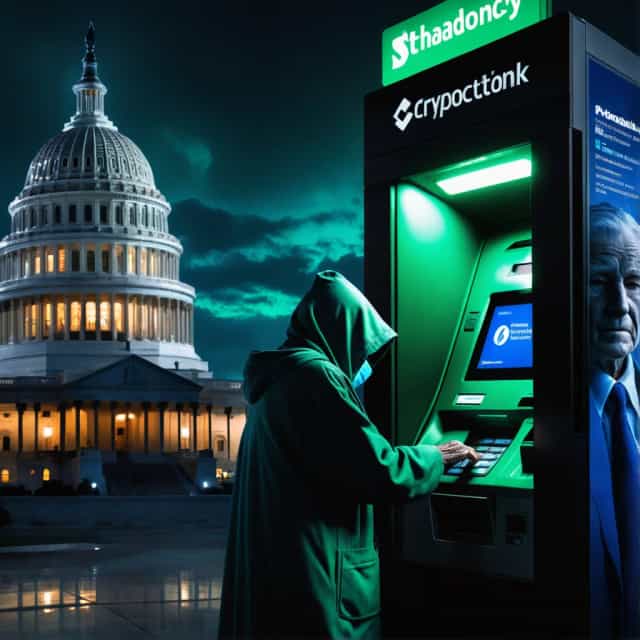
Image source: Block Media
South Korean Won-US Dollar Exchange Rate Stabilizes Near 1,390 Amid Divided Market Forces
The South Korean won-United States dollar exchange rate has been navigating a volatile path, hovering around the 1,390 level as it endures the tug-of-war between supportive and constraining market forces. While the waning strength of the global dollar and robust foreign equity inflows bolster the won, persistent dollar demand from importers and structural forex supply-demand imbalances tied to overseas investment activity act as counterweights, anchoring the exchange rate from significant downward shifts.
As of 7:28 a.m. Korea Standard Time on October 24, currency data from TradingView revealed the won-dollar rate at 1,392.73, marking a modest decline of 0.05% from the prior day. The exchange rate had briefly pushed above the 1,396 level during the preceding session, largely influenced by a softening U.S. Dollar Index (DXY). Since then, the rate has shown oscillatory behavior, stabilizing in the lower 1,390 range.
Short-Term Trading Range Forecast by Barclays: 1,350–1,400
Global finance heavyweight Barclays has projected that the won-dollar exchange rate will likely fluctuate within the relatively narrow range of 1,350 to 1,400 in the near term, attributing its outlook to the interplay of bullish and bearish drivers in the currency market.
Drivers Supporting the Korean Won
Barclays underscored that foreign net investments in South Korean equities, paired with the broad weakness in the global dollar, are acting as pivotal tailwinds for the won. Net inflows from foreign investors into South Korea's stock market reached a substantial $8.5 billion (approximately 11 trillion won) during the third quarter alone, much of it fueled by emerging investment themes such as artificial intelligence (AI), expansively accommodative fiscal policies, and regulatory shifts—including the rollback of stringent capital gains tax measures for major investors.
Restraining Forces Cap Won's Growth
Despite these positive indicators, the won's upward momentum continues to encounter resistance from competing fundamental factors. Key among them is dollar demand stemming from domestic importers, coupled with foreign currency requirements linked to ongoing South Korean institutional investment abroad. One heavyweight player in this equation is the National Pension Service (NPS), which has consistently net-purchased trillions of won worth of foreign currencies each quarter for overseas diversification. This sustained institutional appetite establishes a structural floor in the exchange rate, preventing sharp reduction trends in the won-dollar valuation.
Medium- and Long-Term Considerations: Implications from US-South Korea Investment Programs
Looking beyond the short-term horizon, Barclays assessed broader macroeconomic factors capable of influencing the South Korean won in the medium and long term. The recent announcement of the $350 billion investment partnership between the United States and South Korea could act as a supportive mechanism for the currency—however, largely dependent on how these investments materialize. Should a substantial portion of this package prioritize foreign direct investment (FDI), the Korean currency may find additional strength through capital inflows.
Lingering Structural Challenges for the Korean Won
Barclays, however, maintained a "cautiously bullish" view of the won, acknowledging persistent structural obstacles that may impede a significant appreciation. These challenges include South Korea’s comparatively smaller foreign exchange reserves versus economies like Japan, the absence of the won’s status as a global reserve currency, and ongoing structural forex outflows tied to various institutional activities. Taken together, these factors pose persistent constraints, limiting the won's ability to reclaim stronger valuations over longer time horizons.
The Path Forward: Market Uncertainty and Strategic Maneuvers
As stakeholders—ranging from policymakers to investors—continue to grapple with a complex web of economic and financial dynamics, the market remains fixated on the future trajectory of the won-dollar exchange rate. In the coming weeks, further clarity may emerge as competing forces—domestic demand, foreign equity inflows, institutional dollar activity, and macroeconomic investment packages—continue to define the delicate balance shaping exchange rate stability.










